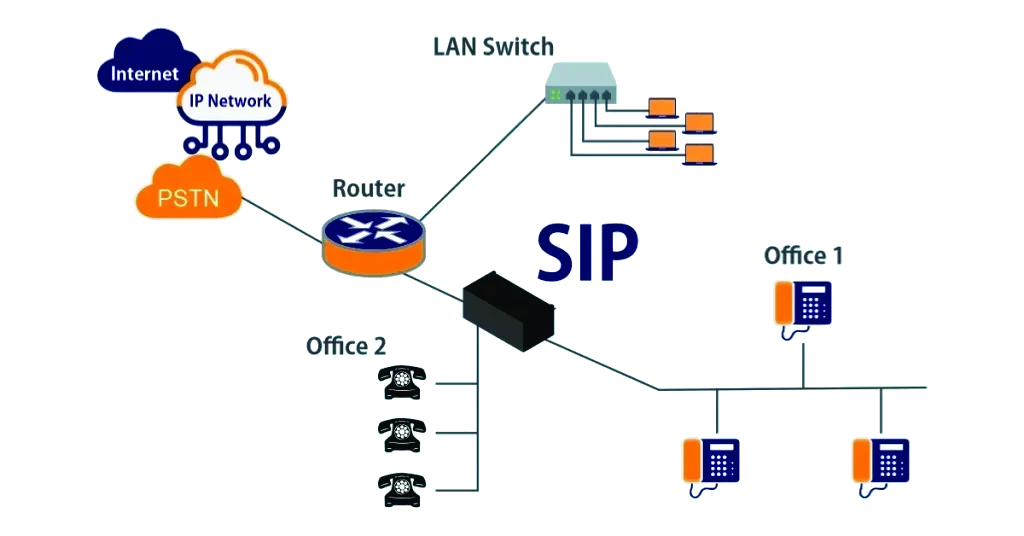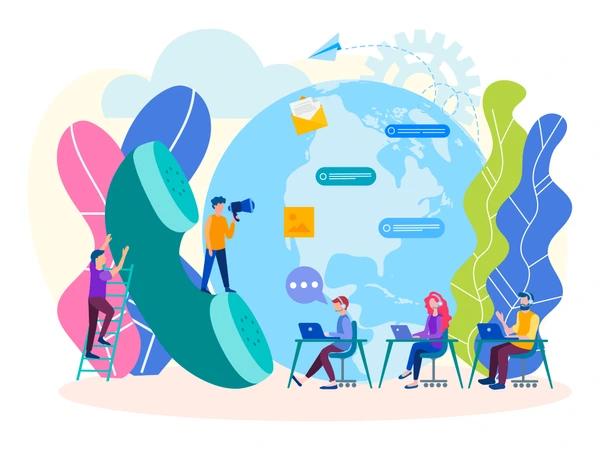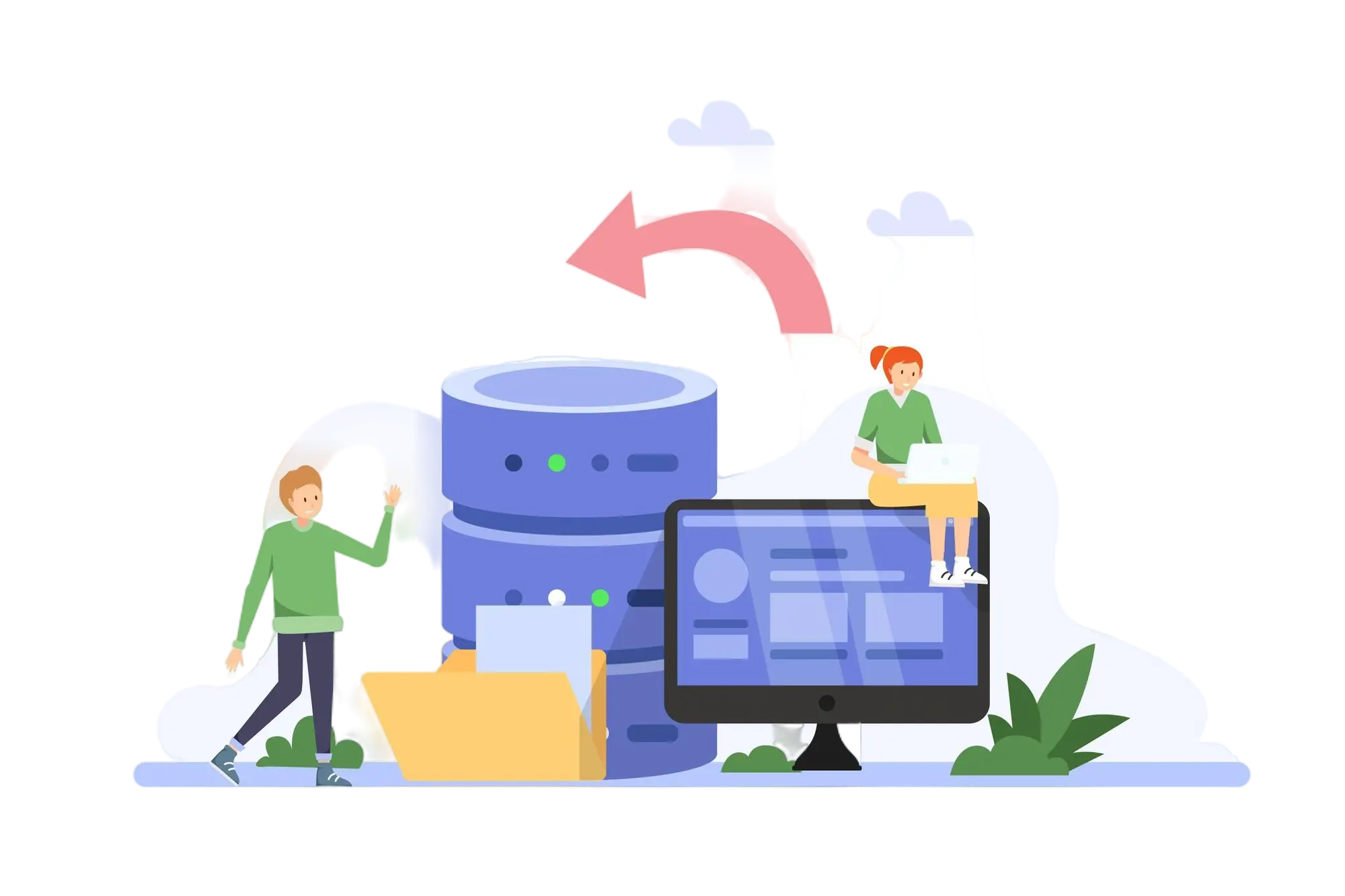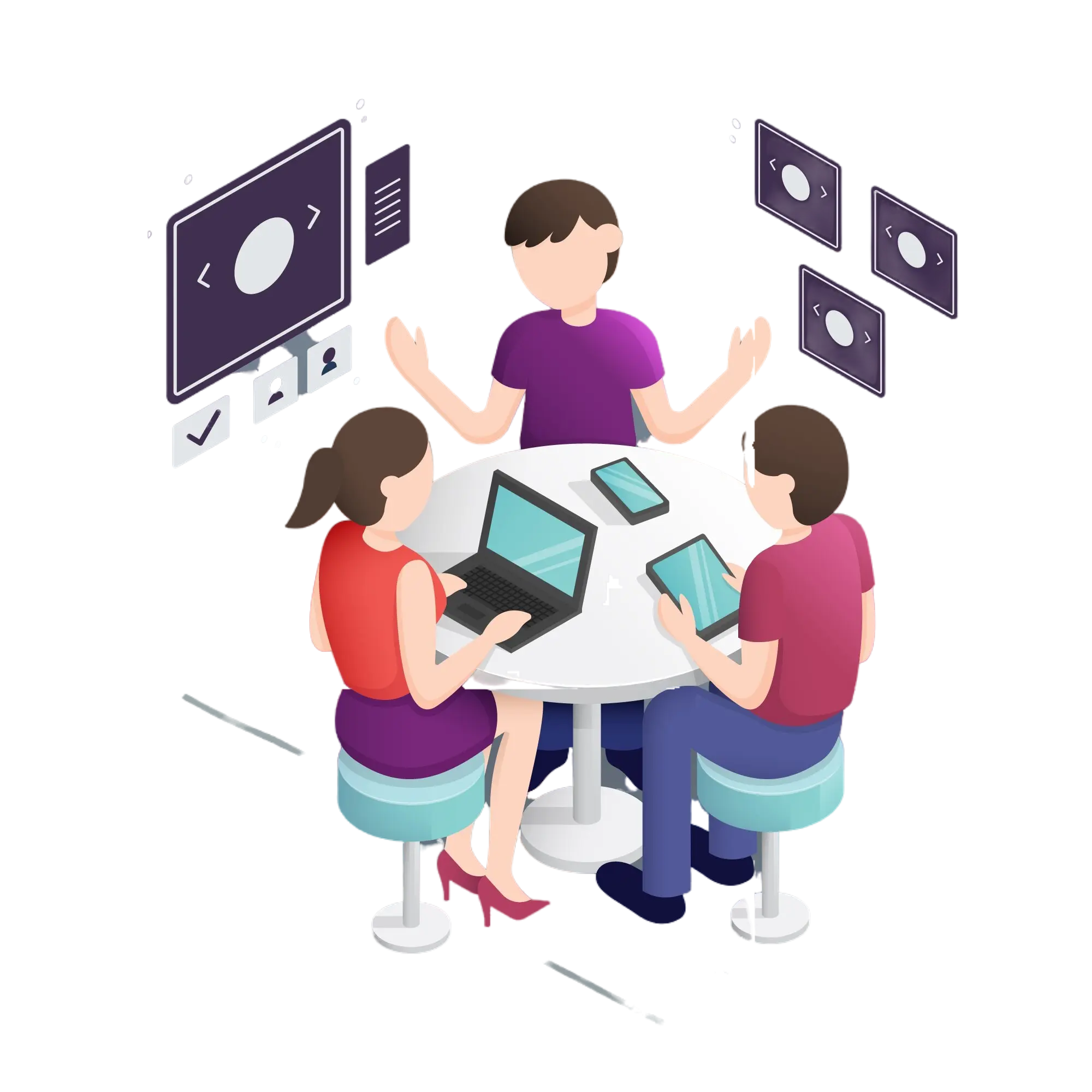In today’s fast-paced digital landscape, customer expectations are higher than ever. Businesses must deliver seamless, consistent, and personalized customer experiences across multiple channels—including phone, email, live chat, social media, SMS, and mobile apps. To meet these growing demands, investing in a robust omnichannel contact center solution is no longer optional—it’s essential.
A high-performing omnichannel solution should unify all customer touchpoints, provide real-time insights, support intelligent automation, and empower agents to deliver proactive, human-centric service. In this blog, we explore the 10 must-have features that define an exceptional omnichannel contact center platform in 2025.
1. Unified Customer Interaction Platform
An omni channel contact center should consolidate all customer interactions across various channels into a single, centralized platform. This provides agents with a comprehensive view of the customer journey—past emails, chat logs, voice calls, and social media messages—all in one interface.
Benefits:
-
Seamless transitions across channels
-
Agents don’t need to ask customers to repeat themselves
-
Enables more personalized, contextual responses
In 2025, platforms with unified agent desktops and cross-channel synchronization will dominate, enabling businesses to deliver frictionless, connected experiences.
2. AI-Powered Chatbots and Virtual Assistants
Modern customers expect instant answers. AI-driven chatbots and virtual assistants are essential for managing large volumes of routine queries while providing 24/7 support.
Key Features:
-
Natural Language Processing (NLP) for human-like conversations
-
Contextual memory to continue conversations across sessions
-
Multilingual support for global customers
In 2025, expect chatbots to integrate more deeply with CRM, upsell during conversations, and hand off seamlessly to human agents when needed—without losing context.
3. Intelligent Call Routing
Smart routing algorithms powered by AI and customer intent analysis ensure that customers are connected to the most appropriate agent or department in real time.
Advantages:
-
Reduces Average Handle Time (AHT)
-
Boosts First Contact Resolution (FCR)
-
Lowers customer effort
For instance, an existing customer with an open support ticket can be routed to the same agent they interacted with previously—creating continuity and trust.
4. CRM Integration
A must-have feature for personalized service, CRM integration enables agents to access key customer details instantly—from order history and preferences to support interactions and loyalty status.
Benefits:
-
Faster resolution and reduced hold time
-
Data-driven up-selling and cross-selling opportunities
-
Consistent experiences across marketing, sales, and support
CRM-linked omnichannel platforms also allow for automated case creation, escalations, and tagging, improving efficiency and accountability.
5. Omnichannel Reporting and Analytics
To make informed decisions, businesses need real-time insights into customer behavior, agent performance, and channel efficiency.
Key Metrics:
-
Average Handle Time (AHT)
-
First Call Resolution (FCR)
-
Net Promoter Score (NPS)
-
Customer Satisfaction Score (CSAT)
-
Channel-specific engagement rates
Custom dashboards powered by AI can also suggest performance improvements, forecast traffic surges, and highlight customer churn risks.
6. Sentiment Analysis and Voice Recognition
Using AI-driven sentiment analysis, contact centers can detect emotional cues in real time—such as frustration, confusion, or satisfaction.
How It Helps:
-
Escalates sensitive cases automatically
-
Guides agents during live interactions
-
Enhances post-call analysis for coaching
Advanced speech analytics and voice biometrics can also authenticate users securely and identify opportunities to improve scripts and workflows.
7. Workforce Management Tools
In 2025, workforce optimization goes beyond scheduling—it’s about real-time resource allocation, AI-assisted forecasting, and employee well-being.
Capabilities:
-
Automated shift scheduling based on traffic trends
-
Real-time intraday adjustments
-
Gamified agent performance tracking
-
Remote agent management tools
With hybrid teams becoming the norm, workforce management must support mobile dashboards, video training modules, and mental health alerts for agent burnout.
8. Proactive Customer Engagement
Great service isn’t just reactive. Proactive communication—through SMS, push notifications, email, or chat—helps build trust and reduce inbound volumes.
Examples:
-
Product/service renewal alerts
-
Early fraud or outage warnings
-
Feedback requests with incentives
-
Smart follow-ups after negative sentiment detection
In 2025, AI will predict customer needs based on browsing patterns, account activity, or past behaviors and automatically trigger proactive outreach.
9. Secure and Compliant Infrastructure
With growing concerns over privacy and data breaches, contact centers must ensure their platforms adhere to the highest standards of data protection and compliance.
Essential Security Features:
-
End-to-end encryption
-
Role-based access controls
-
Multi-factor authentication
-
GDPR, HIPAA, PCI-DSS compliance
-
Audit trails and disaster recovery plans
In the era of omnichannel, securing data across every channel—especially social and mobile—is paramount.
10. Scalability and Flexibility
As business needs evolve, your contact center solution should adapt without disruption. A scalable, cloud-native infrastructure ensures resilience, agility, and cost-efficiency.
Why It Matters:
-
Supports spikes in call/chat volumes
-
Enables instant onboarding of remote agents
-
Easily adds new communication channels (e.g., WhatsApp, Telegram)
-
Supports global customer bases with localized settings
In 2025, scalability also means supporting AI plug-ins, integrations with marketing automation, and APIs for third-party tools.
Final Thoughts
The future of customer experience is omnichannel, intelligent, and empathetic. In 2025, successful businesses will rely on contact center platforms that can unify communication, personalize interactions, and scale effortlessly across touchpoints. Whether you’re managing customer support, sales, or technical assistance, a future-ready omnichannel contact center solution will:




By implementing these 10 must-have features, businesses can transform their contact centers into intelligent customer engagement hubs—delivering seamless, secure, and scalable experiences at every step of the customer journey.




